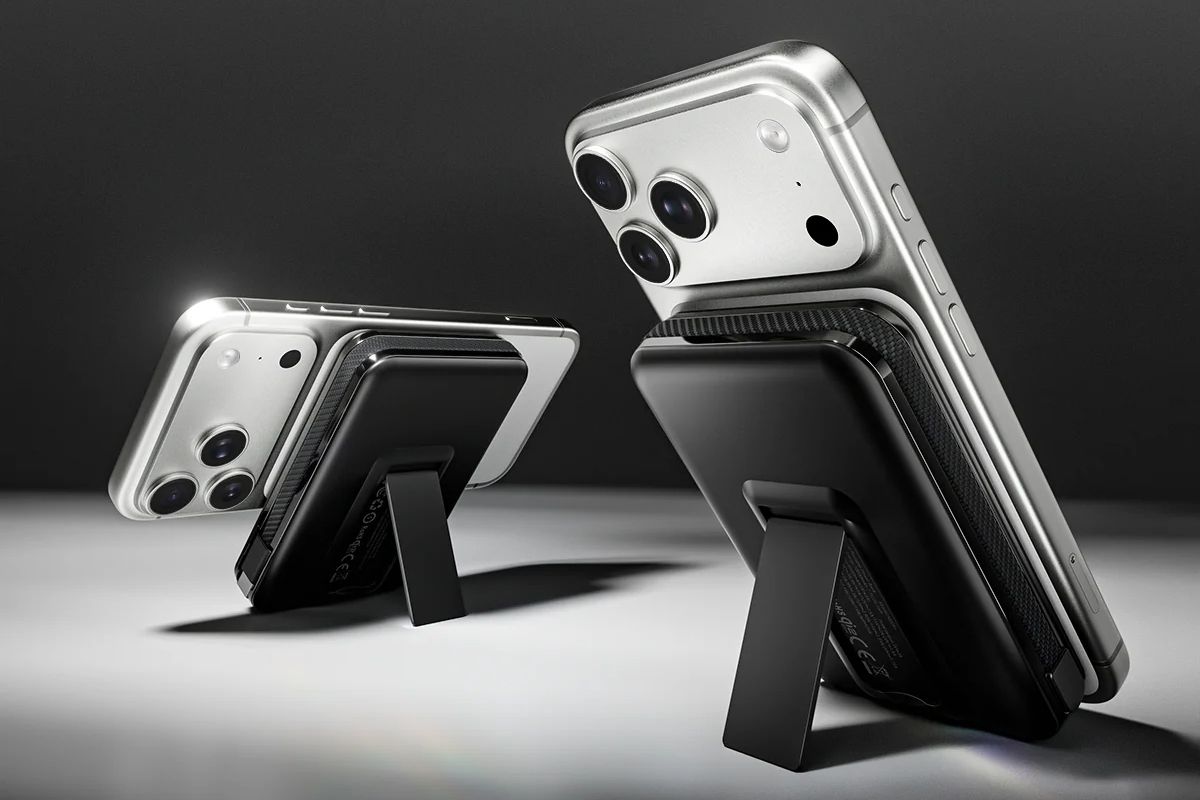Kuxiu's pushing the boundaries of portable power with its new S3 power bank, doubling down on solid-state battery technology that's starting to reshape the mobile accessories market. The S3 packs 10,000mAh capacity - twice its predecessor - while supporting blazing-fast 25W wireless charging through Qi2.2 compatibility. At $68.99 (temporarily down from $149.98), it's expensive but promises something most power banks can't: 1,000 charge cycles before significant degradation.
Kuxiu just dropped the S3, and it's basically everything the company learned from its first solid-state power bank experiment cranked up to eleven. Seven months after their S2 made waves with semi-solid state battery tech, they're back with double the juice and some seriously upgraded features that could make traditional lithium-ion power banks look ancient.
The numbers tell the story immediately - this thing packs 10,000mAh compared to the S2's 5,000mAh, which Kuxiu claims can nearly double most iPhone battery lives. But it's not just about raw capacity. The S3 supports Qi2.2 wireless charging at up to 25W, putting it in the same league as premium wireless chargers that cost nearly as much on their own.
What's really clever here is how Kuxiu solved the weight problem that comes with doubling battery capacity. Sure, the S3 weighs over 100g more than the 145g S2, but they bumped the magnet count from 16 to 18 N52 magnets to keep it locked onto your phone. It's physics solving physics - more weight needs more magnetic force, so they delivered exactly that.
The feature additions feel thoughtful rather than gimmicky. There's now an integrated kickstand on the back (finally), a small display showing remaining capacity and charging status, and a built-in USB-C cable that can pump out 35W of power delivery. The cable's even removable if you need it for other devices, which shows they're thinking about real-world usage scenarios.
But here's where things get interesting from a market perspective. Traditional power banks start degrading after 300-500 charge cycles, dropping to around 80% capacity. The S3's solid-state tech pushes that degradation point out to 1,000 cycles. That's not just better - it's potentially game-changing for people who actually use these things daily.
The safety angle matters too, especially as power banks become more powerful. Semi-solid state batteries are inherently more stable than traditional lithium-ion, with lower risks of thermal runaway and fire if you drop them. Given how many power bank horror stories we've covered over the years, that peace of mind has real value.
